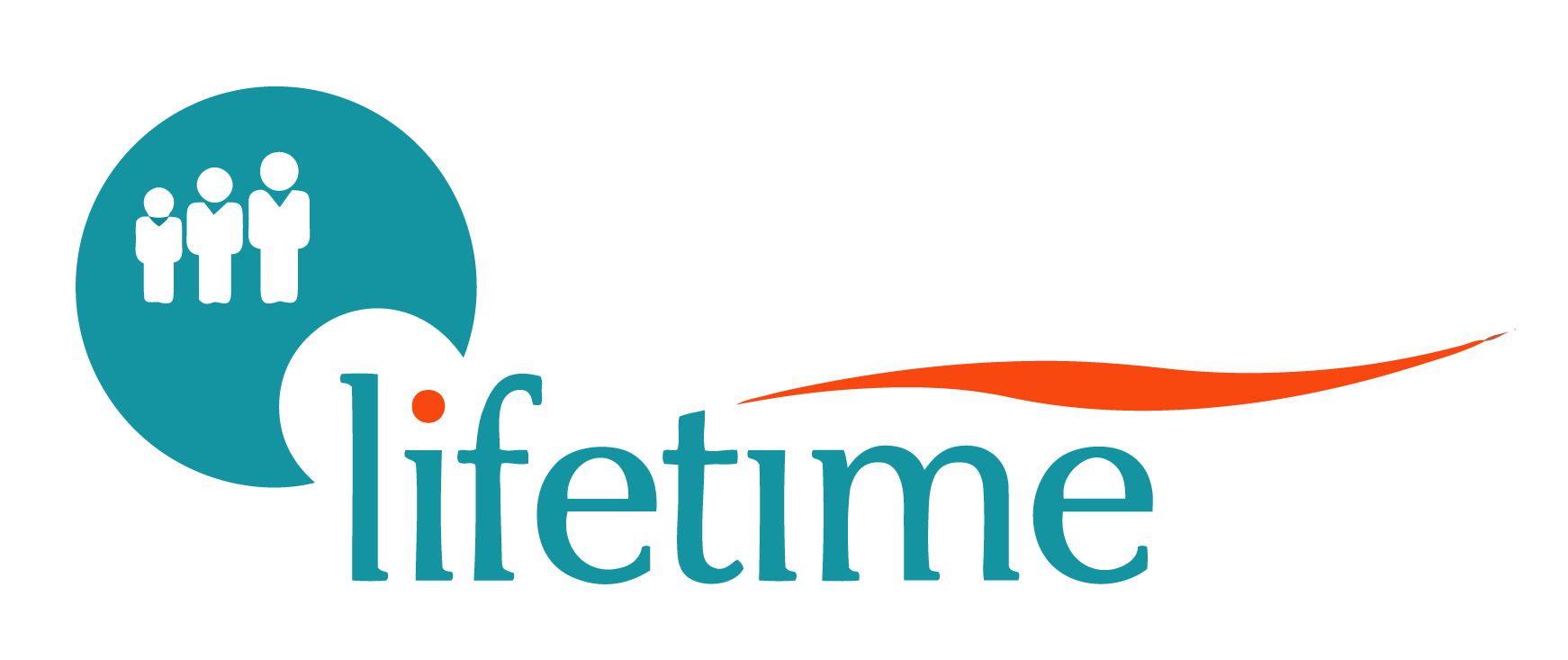In the first article in this series of three we talked about the potential impact on a business of financial insecurity. Wellbeing is high up the agenda these days, and rightly so. But what about financial wellbeing? Our goal with this series is to show that financial wellbeing – and ways to achieve it – are not only good for the productivity and performance of your business, but warmly welcomed by a significant proportion of employees.
So how do you go about promoting financial wellbeing to your workforce?
Let’s take a simple example. After consultation you decide that a new savings product is going to be launched as part of your employee benefits package. Our own research suggests that help with savings is top of the agenda for 27% of 18- to 24-year-olds and 22% of 25- to 34-year-olds. Even among the 55 to 64 age group, 8% want help with savings.
All good news, which suggests the savings product will be well received across the board. So you get together a launch email and send it round announcing the news. Nice idea, but in terms of communication the wrong move.
We now have greater age diversity in the workplace than ever before. Yes, savings might appeal to a wide range of employees. But when it comes to addressing those employees on important new benefits, one size does not fit all. Where a Millennial might want to save for a special holiday, a young family might be thinking about a treat for their children. Those approaching retirement might be saving to help a grandchild about to go to university.
Just as the reason for saving might differ widely, the way that communication is distributed might also need to reflect different age groups. Email doesn’t work for everyone. A letter to a Millennial – something they don’t often receive – can be very effective. So as well as changing the message to suit the recipient, use as wide a variety of communications methods as possible – from posters to payslips, to intranets, to short punchy podcasts for those employees who might need to listen to them on the move.
Timing also matters. A one-off communication might only have an impact on those who are already open to that message at the time it arrives. Others are disengaged at that moment – but that doesn’t mean that the message isn’t one which could engage them at a later date. You need to promote benefits regularly to keep them front of mind for everyone.
Above all, it’s about not assuming you can guess what’s going on in the mind of a 25-year-old. You have to step back and ask yourself: what would work for me at that age? Better still, ask them what would work for them? What would they like to hear about – and what options would work for them in terms of communications? Then act on those and make sure they happen.
Financial wellbeing is an issue for all ages, but obviously not every age group faces the same financial issues in the same way. So your communications have to reflect that. It may seem simple, but it matters a lot. Get it right and those messages will be far more effective because people will be more receptive, and therefore will act on what they hear. So when you launch that new savings scheme, it’ll be the success you always knew it would be – right from the start.
Heidi Allan is head of employee wellbeing at Neyber











